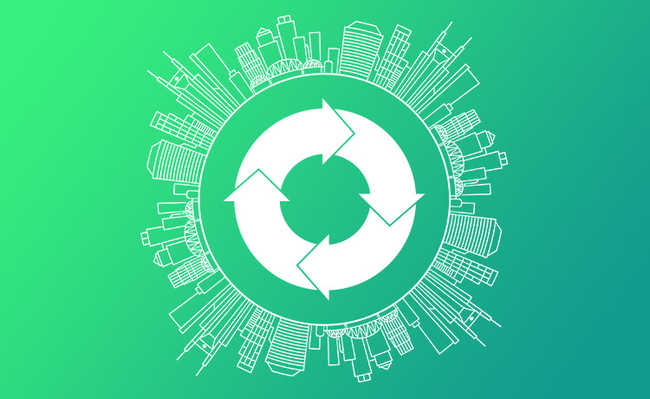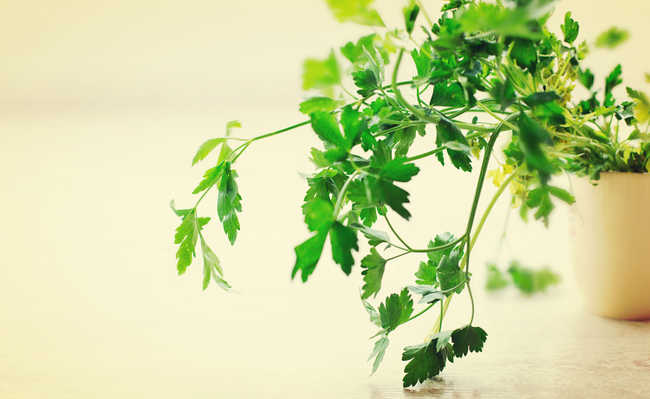18 simple tips to avoid eating too much salt
Consuming too much salt is bad for the body: the seasoning is rich in sodium, which needs to be consumed in moderation

Image: Miroslava on Unsplash
Table salt, or refined salt, is the popular name for sodium chloride (NaCl). Crystals of this chemical compound contain an average of 39% sodium and 61% chlorine. Sodium is an essential nutrient for our health. It is present in everything from our blood to the oceans. In the human body, it represents about 1.5% of the body mass, that is, a person weighing 50 kg has 75 g of salt. Despite being essential to keep the body functioning, excess sodium can cause serious health problems, such as fluid retention in the body, increased blood pressure, development of cardiovascular disease and kidney problems. In addition to consuming a lot of salt with food, the big problem is that sodium is present in industrialized products (even those with a sweet taste), it integrates the formulation of preservatives (sodium nitrite and sodium nitrate), sweeteners (cyclamate). sodium and sodium saccharin), yeasts (sodium bicarbonate) and flavor enhancers (monosodium glutamate).
In Brazil, a daily intake of 2 g (2000 mg) of sodium is recommended. However, according to a survey by the Brazilian Association of Food Industries (Abia), Brazilians consume an average of 4.5 g of sodium daily. Are you also part of the group of people who consume a lot of salt? Unless you have low blood pressure and eating a lot of salt is a doctor's recommendation, take a look at these tips for reducing excess salt and lowering the daily intake of sodium in your diet. This will alleviate (or prevent) many health problems.
Tips for those who eat a lot of salt
1. Decrease salt gradually
Don't try to cut salt out of your food at once; do this process gradually, so you won't get discouraged and will create time for your taste buds to get used to.2. Replace salt with other seasonings
Pepper, lemon, herbs, gersal, onion and garlic are great seasoning options that have much lower amounts of sodium when compared to table salt.
3. Read the packaging
When we observe how much sodium is present in the foods we consume, its control becomes easier, encouraging the switch to products with lower amounts of sodium. Often, similar products can have very different levels of sodium.4. Avoid consuming products high in sodium
Instant noodles, Parmesan cheese, and soy sauce are examples of some foods high in sodium.
5. Take the salt shaker off the table
Removing the salt shaker from the table prevents you from adding more salt to your food.
6. Avoid snacks
Foods like peanuts and potato chips have high amounts of salt in their composition. Invest in healthier options.7. Prefer fresh products to frozen ones
Frozen foods have large amounts of salt, which help to keep them longer.
8. Choose a healthier breakfast
Replace the famous bread with butter and industrialized products, such as cereals, with fresh fruits and wholegrain breads.










